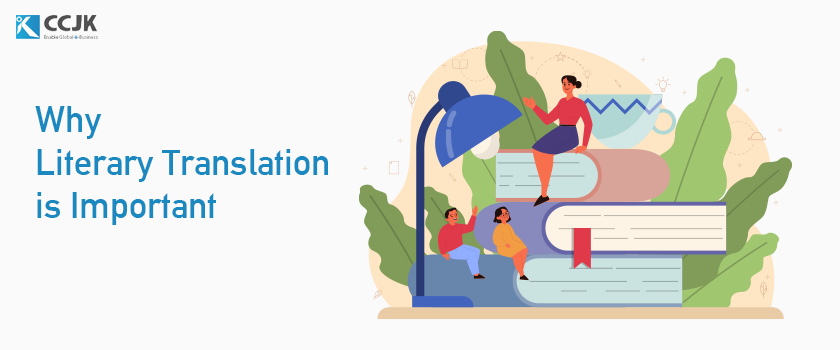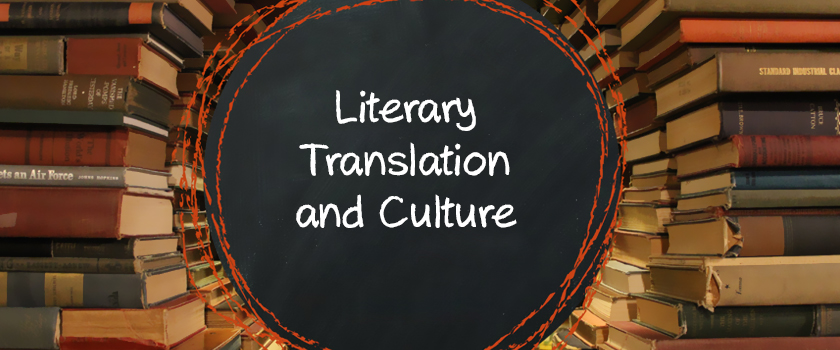A. Alienation strategy
1. Transliteration
When translating some words containing Chinese cultural images, there is no corresponding word can be found in English, and the vice versa. This phenomenon could be called completely vacant culture in translation. Such as these Chinese words “胡同”,“秀才”and“阴阳”, and in this case, alienation strategy could be a better method than domestication to fill these culture vacancy in English by adapting transliteration method to translate “胡同” to“hutong”instead of “alley” or “lane”, “阴阳” to “yingyang” and “秀才” to “xiucai”.
Apparently, these two words “alley” and “lane” can’t reflect the abundant connotations of the folk customs contained in “hutong”. Besides, Transliteration plus category words is more often adapted in E-C translation, such as AIDS(艾滋病),ballet(芭蕾舞).
2. Literal translation with notes
Although concise and with no-nonsense, literal translation method tends to make the reader understand on the surface, not full of its cultural connotation. However, it could be better on effect to fill some proper notes after the words on the basis of literal translation.
e.g.三个臭皮匠,顶一个诸葛亮
翻译:Three cobblers with their wits combined equal Chukeh Liang, the mastermind.
Such a note could help Western reader see the special cultural connotation of zhuge liang. However, too much notes filling should not be used in translation as the result of it will affect the rhythm of the original, as well as too much load for readers in reading.
B. Domestication strategy
1.Borrowing
Certain English and Chinese words or phrases of expression containing special cultural images could be translated to the words or phrases which are similar in meanings while different in patterns to the original in their respective target language. This is partial vacancy phenomenon in culture. In order to fill the partial vacancy, borrowing could be an effective method.
e.g.:五十步笑百步
翻译:the pot calls the kettle black
e.g. -What makes a road broad?
– The letter B
译文一:–什么东西可以使道路变宽?
–字母 “B”。
译文二:–什么东西可以使门变阔?
–“活”字。
Read Also: Literary Translator
2. Paraphrase
“Translating consists in reproducing in the receptor language the closet natural equivalent of the source-language message, first in terms of meaning and secondly in terms of style.”6. As the virtue of cultural differences between English and Chinese language, It is unfavorable to adopt borrowing method to translate some certain expressions with rich English cultural characteristics to Chinese, but favorable to take paraphrase method. For example, there are differences between Chinese and Anglo-American of terminologies using to depict beautiful and ugly looks.
e.g. Georgiana, the eldest, with her black ringlets, her flashing eyes, her noble aquiline profile; her swan-like neck, and sloping shoulders, was orient ally dazzling.(A. Huxley: Come Yellow)
翻译:大小姐乔治亚娜乌发娟娟,双眸明亮,侧面看去,高高的鼻梁,显得颇为高贵,加上白天鹅似的柔颈,下削的玉楼,活脱脱一个令人炫目的东方美人。( an aquiline nose “鹰钩鼻” always represents a noble person in English, while a cunning people in Chinese.)



